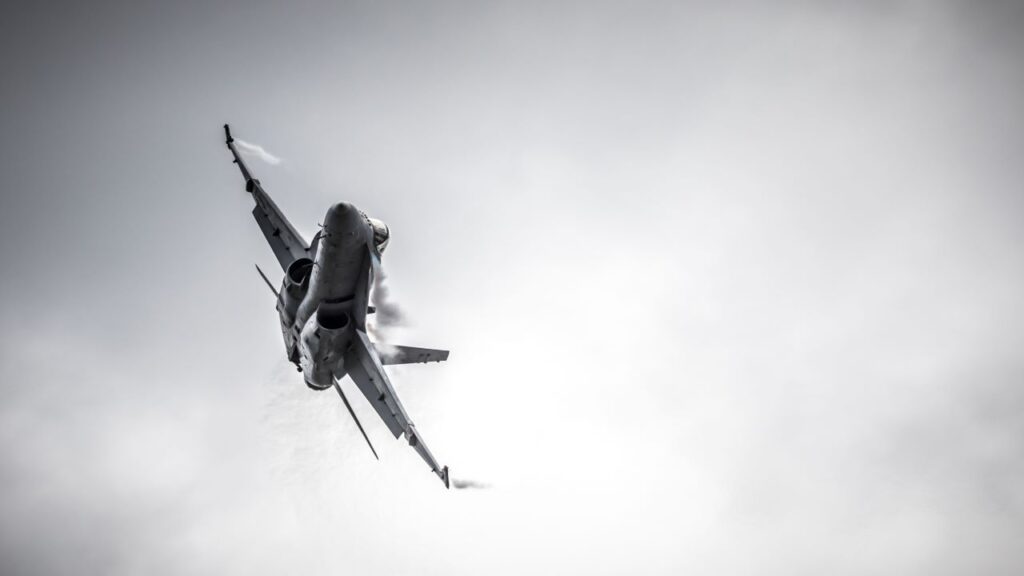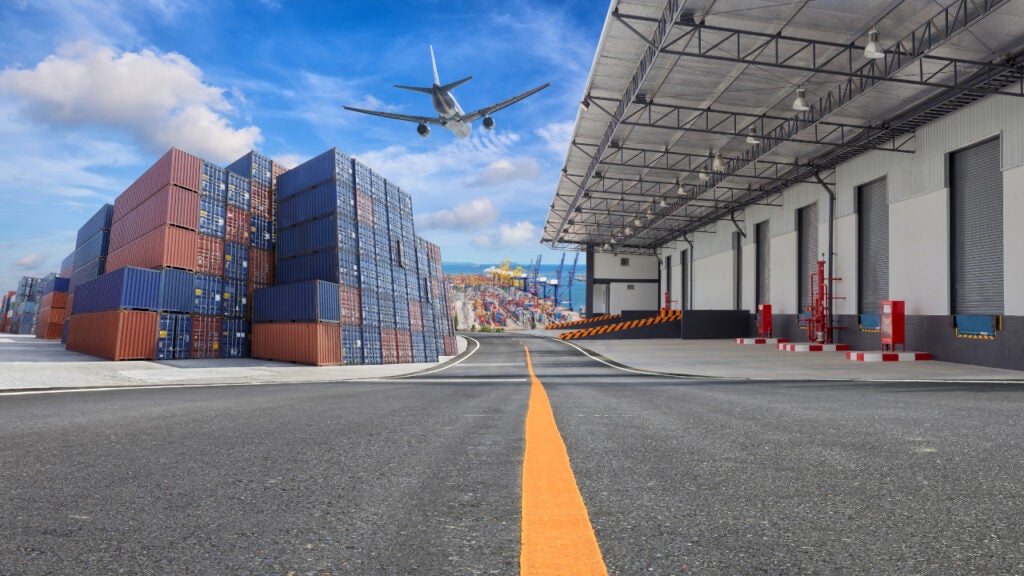The aerospace and defence industry continues to be a hotbed of innovation, with activity driven by the uptake of advanced technology, and growing importance of technologies such as hypersonics and advanced materials. In the last three years alone, there have been over 174,000 patents filed and granted in the aerospace and defence industry, according to GlobalData’s report on Innovation in Aerospace, Defence & Security: Aircraft ultrasonic inspection.
However, not all innovations are equal and nor do they follow a constant upward trend. Instead, their evolution takes the form of an S-shaped curve that reflects their typical lifecycle from early emergence to accelerating adoption, before finally stabilising and reaching maturity.
Identifying where a particular innovation is on this journey, especially those that are in the emerging and accelerating stages, is essential for understanding their current level of adoption and the likely future trajectory and impact they will have.
180+ innovations will shape the aerospace and defence industry
According to GlobalData’s Technology Foresights, which plots the S-curve for the aerospace and defence industry using innovation intensity models built on over 262,000 patents, there are 180+ innovation areas that will shape the future of the industry.
Within the emerging innovation stage, bonded fibre laminates, thermoplastic elastomer laminates, and vibration supression devices are disruptive technologies that are in the early stages of application and should be tracked closely. Centrifugal fan impellers, ceramic composite laminates, and gas turbine engine testing are some of the accelerating innovation areas, where adoption has been steadily increasing. Among maturing innovation areas are protective blade coatings and blade alloy welding, which are now well established in the industry.
Innovation S-curve for the aerospace and defence industry

Aircraft ultrasonic inspection is a key innovation area in aerospace and defence
Ultrasonic testing is the process of using high-frequency sound energy as a method of detecting surface and below-the-surface cracks as well as other defects. The pulses are generated from a portable system which detects the technical moves over the surface of the relevant component.
GlobalData’s analysis also uncovers the companies at the forefront of each innovation area and assesses the potential reach and impact of their patenting activity across different applications and geographies. According to GlobalData, there are 30+ companies, spanning technology vendors, established aerospace and defence companies, and up-and-coming start-ups engaged in the development and application of aircraft ultrasonic inspection.
Key players in aircraft ultrasonic inspection – a disruptive innovation in the aerospace and defence industry
‘Application diversity’ measures the number of different applications identified for each relevant patent and broadly splits companies into either ‘niche’ or ‘diversified’ innovators.
‘Geographic reach’ refers to the number of different countries each relevant patent is registered in and reflects the breadth of geographic application intended, ranging from ‘global’ to ‘local’.
The technology has significant applications in aerospace due to its ability to speed up aircraft safety inspections, whilst enhancing safety and reducing costs. The leading patent filter in aircraft ultrasonic inspection technology is Boeing, which sees the area as the future because of its capability to avoid deconstructing aircraft parts for inspection, and has developed the technology over many years to increase aircraft safety whilst driving down costs for customers.
The second largest patent filer in the area is Airbus, which has invested significantly in innovation in this field. It has a number of products for testing their own aircraft. Other key patent filers in aircraft ultrasonic inspection include Safran, Lockheed Martin, CEA, and General Electric.
In terms of application diversity, Fischer Advanced Composite Components is a leader, followed by Raytheon and Aerobotics, respectively. By geographic reach, JFE Holdings is top, followed by Deutsches Zentrum fur Luft-und Raumfahrt (DLR) and Fischer Advanced Composite Components.
This area has significant earnings potential for aerospace companies and will see ongoing innovation in coming years, providing cost saving measures and increasing safety on aircraft.
To further understand the key themes and technologies disrupting the aerospace and defence industry, access GlobalData’s latest thematic research report on Defence.




